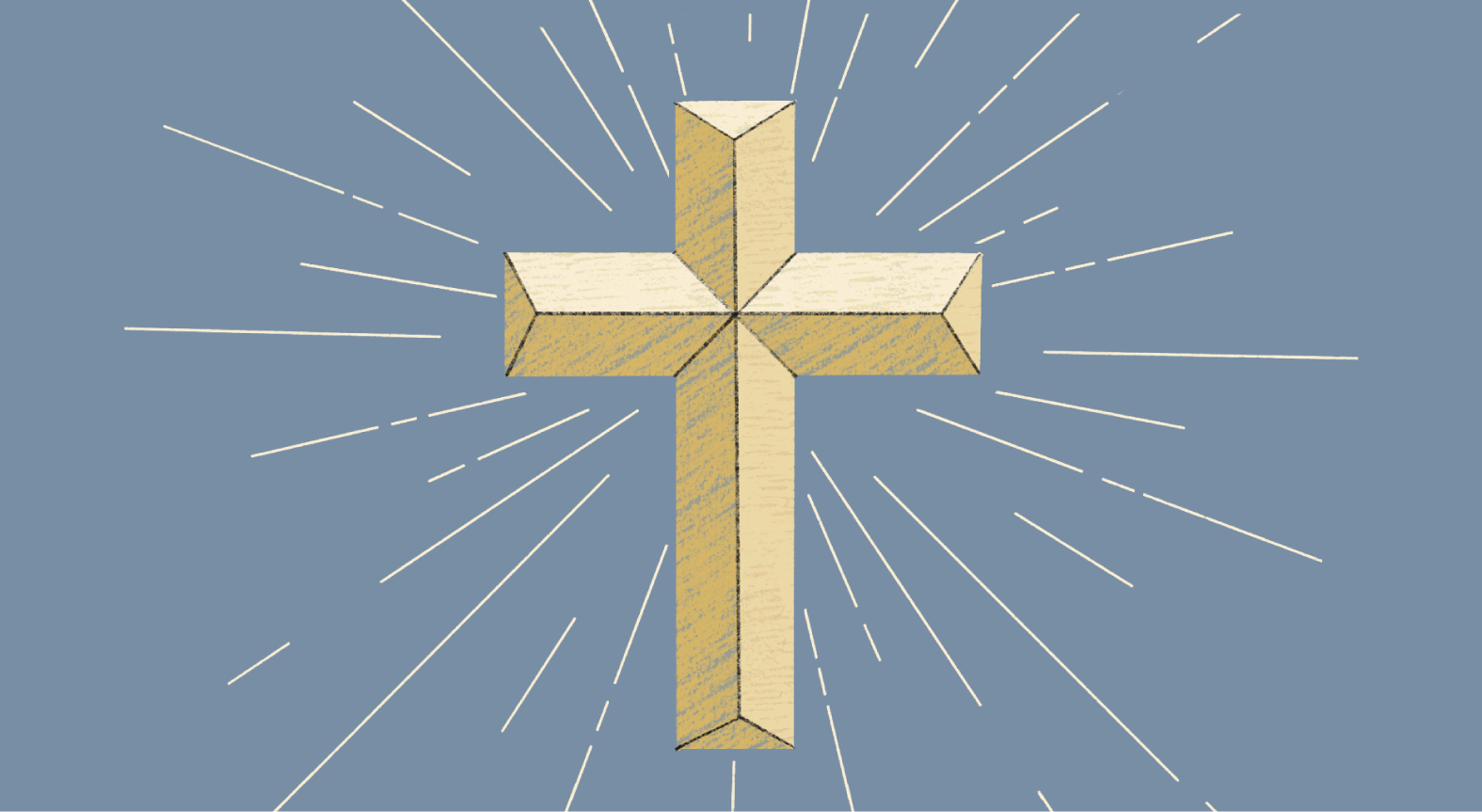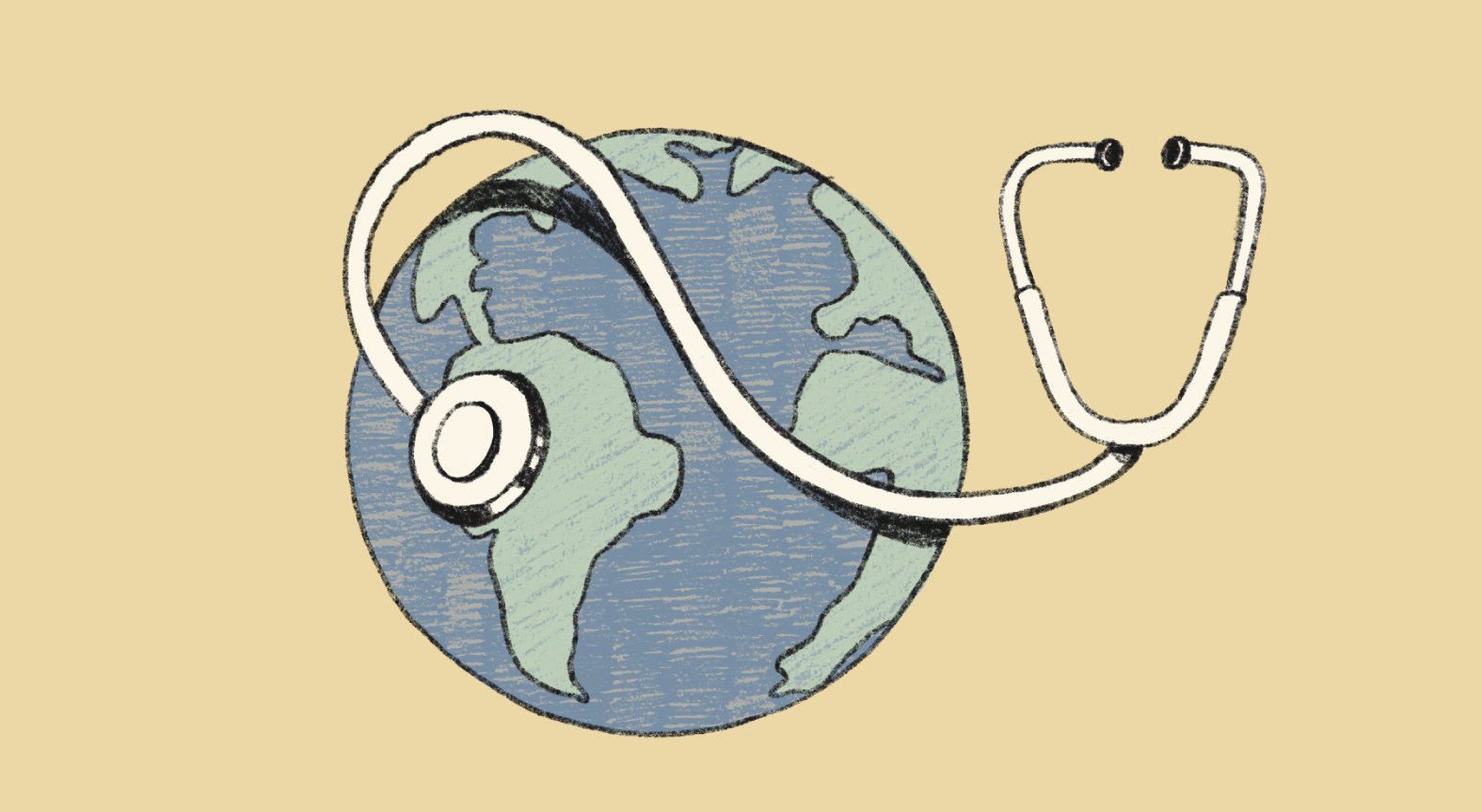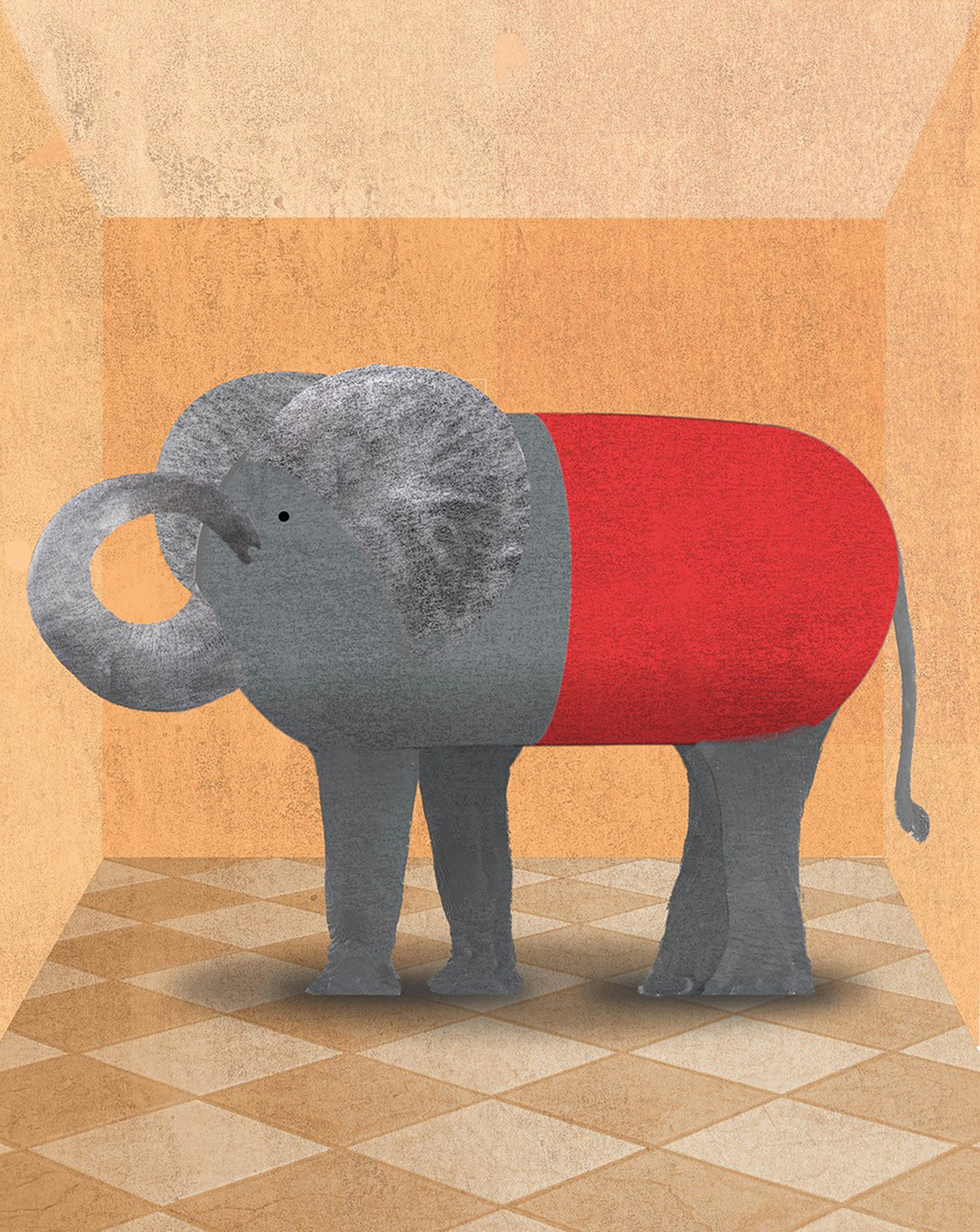Winter 2024
Finding God in Daily Life - Winter 2024
A Meditation on Human Connection and Flourishing
KARLA KEPPEL, MA

Avera Health Center Creates Connections to Care for Refugees and Immigrants
DENNIS GONZALES, PhD, JULIE WARD, MSA, and ANGELA SCHOFFELMAN, MBA
Ageism: A Threat to Health and Dignity
JULIE TROCCHIO, BSN, MS

Reflecting on the Interconnectedness of the Global Health Workforce: What Can Your System Do To Bolster the International Workforce?
BRUCE COMPTON
One Way to Honor Life? Plan for Death
BRIAN M. KANE, PhD

Does Your Organization Adapt as Health Needs Evolve?
JI IM, MPH
How the Synod on Synodality Serves as Model for Ministry Formation
DARREN M. HENSON, PhD, STL
Winter 2024
BETSY TAYLOR

How Hospitable Health Care Can Improve the Patient Experience
PETER C. YESAWICH, PhD

The Elephant in the Exam Room: Health Care Providers and Risky Substance Use
FRED ROTTNEK, MD, MAHCM
Environmental Justice Work in Chicago Shows Importance of Advocating for Change
SARA SHIPLEY HILES
